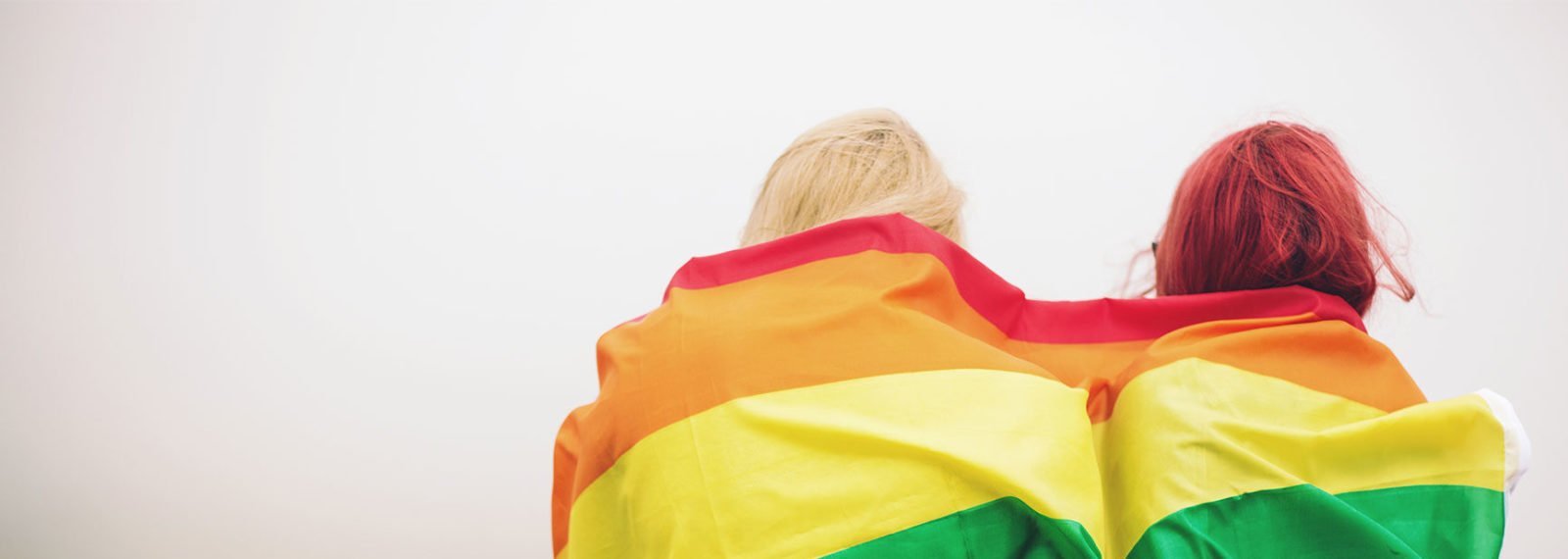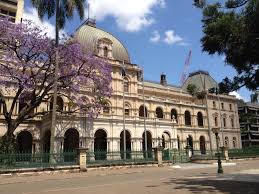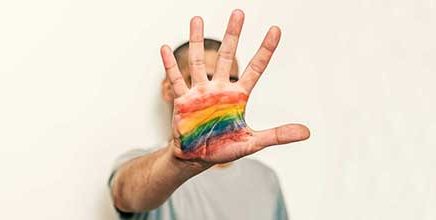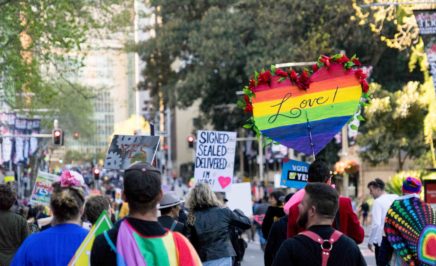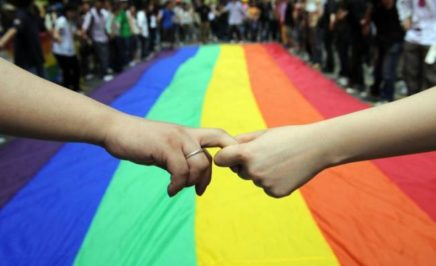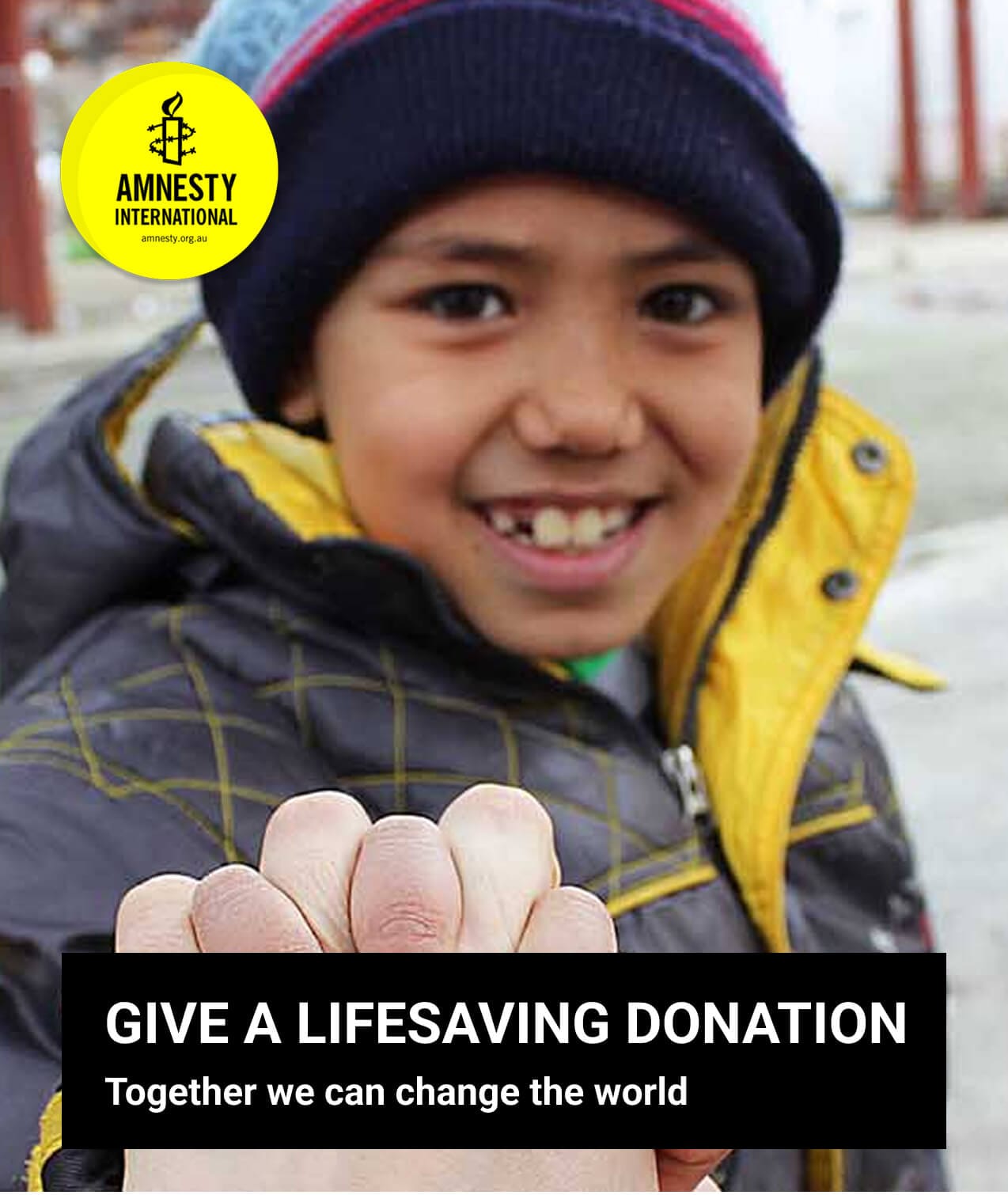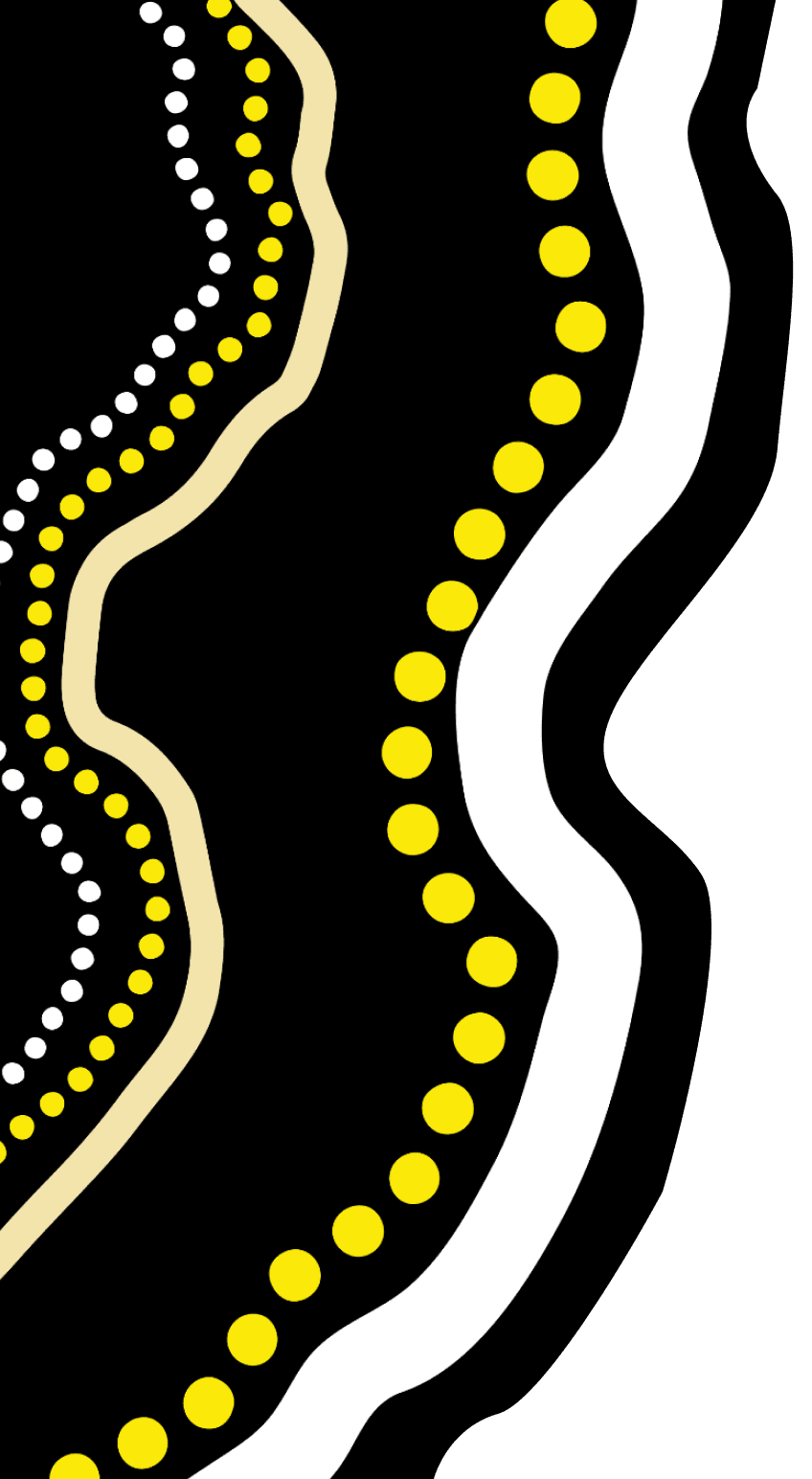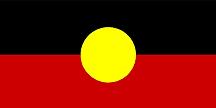Amnesty International Australia backs marriage equality, because we hold it to be a human right. One of many legal bases for this is Article 16 of the Universal Declaration of Human Rights, which says:
“Men and women of full age, without any limitation due to race, nationality or religion, have the right to marry and to found a family.”
But more on that later. We understand the intersection of marriage equality and human rights is a complex area, and we acknowledge there’s room for scholarly debate.
Some who have argued against marriage equality recently are reasonable and qualified experts.
But let’s play the ball and not the angry columnist here.
What’s the legal case against marriage equality as a human right?
Joslin
The arguments against marriage equality as a human right centre on the case of Joslin, a complaint brought against New Zealand on the issue of marriage.
The UN Human Rights Committee on hearing a complaint that Joslin could not marry because of her sexual orientation found no breach by New Zealand of the UN International Covenant on Civil and Political Rights.
The Covenant on Civil and Political rights was born in the 1970s and cemented rights like free speech, protest, association and equality.
Relevant to Joslin is Article 2 (1) of the Covenant: “respect…the rights… without distinction of any kind, such as race, colour, sex, language, religion, political or other opinion, national or social origin, property, birth or other status.”
Also relevant is Article 23 (2):
“The right of men and women of marriageable age to marry and to found a family shall be recognized.”
You will have picked that sexual orientation is not explicitly listed as a ground to prohibit discrimination.
But it all depends on interpretation.
In the Joslin case the UN Human Rights Committee decided to rule conservatively.
The human rights case beyond Joslin
But is this case closed? Hardly.
There have been other readings of the Convenant, like when a complaint was made to the UN Human Rights Committee in 1994 against Tasmanian laws that made homosexuality a criminal offence.
In this case, Toonen v Australia, it was ruled that sexual orientation was included in the meaning of sex.
So it is not unreasonable to tease out from this conclusion that marriage is a fundamental right that has to be respected without distinction to sexual orientation.
That’s not what happened with Joslin. But that’s not the last word on the matter.
The basic principle of equality emanates from all our human rights laws.
The foundational text on human rights, the Universal Declaration of Human Rights, was co-authored after World War II and shepherded through by the great Australian Doc Evatt in his capacity as President of the United Nations General Assembly.
In it we find this:
“Men and women of full age, without any limitation due to race, nationality, or religion, have the right to marry and to found a family…”
Now some have read this to mean that only a man and woman can marry.
Others say it is both men and women. Amnesty agrees with the second interpretation.
And we’re definitely not alone.
The Law Council of Australia, for example, the national peak body of lawyers, has backed marriage equality on human rights grounds for years. The Law Council argues that:
“Discrimination on arbitrary grounds, including sexual orientation is contrary to Australia’s international human rights obligations.
“Article 26 of the International Covenant on Civil and Political Rights (ICCPR) provides that: ‘all persons are equal before the law and are entitled without any discrimination to the equal protection of the law.’
“Article 26 is a ‘stand-alone’ right which forbids discrimination in any law and in any field regulated by public authorities.”
The Yogyakarta Principles
Then there are the Yogyakarta Principles (full name for those with a predilection for long titles: ‘The Yogyakarta Principles on the Application of International Human Rights Law in relation to Sexual Orientation and Gender Identity.’)
These are a set of principles intended to apply international human rights law standards to address the human rights of lesbian, gay, bisexual, transgender and intersex people.
The Yogyakarta Principles were developed at a meeting of the International Commission of Jurists, the International Service for Human Rights, and human rights experts from around the world in Indonesia in 2006. They make clear that:
“Sexual orientation and gender identity are integral to every person’s dignity and humanity and must not be the basis for discrimination or abuse.”
The bigger picture
So, if anyone’s asking, there’s a snapshot of the legal picture.
It’s undoubtedly an interesting case study for international law buffs.
But if you really want to sum up why Amnesty International considers marriage equality to be a human right, it is this: everyone deserves to be treated equally under the law and to be free from discrimination on the basis of gender and sexual orientation.
LGBTQI Australians have already waited too long for their loving unions to be treated with dignity and respect.
We want Australians to join more than a billion people around the world living in countries that uphold marriage equality.
We think it’s our right.
